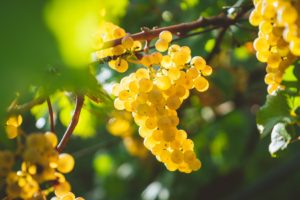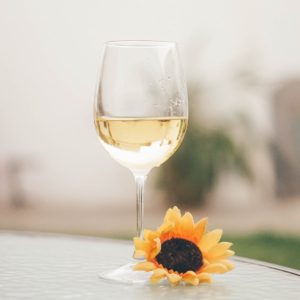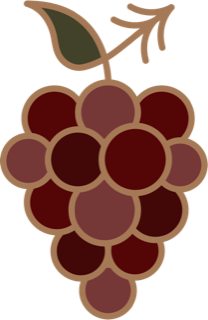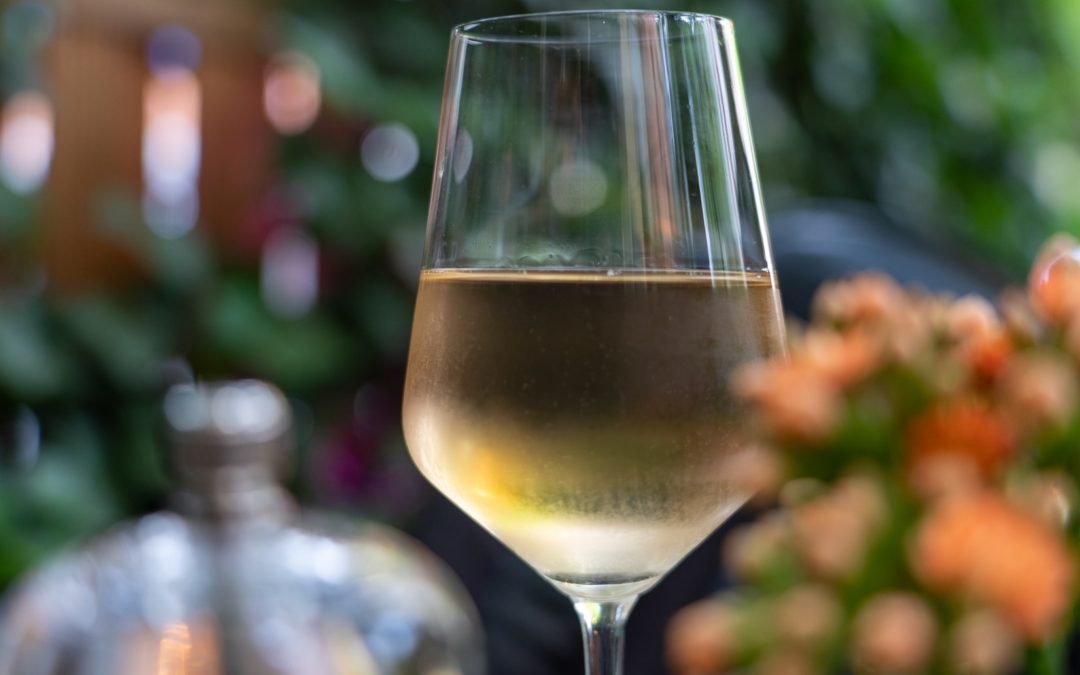Today is International Chardonnay Day! I was never an uber fan of Chardonnay but in the past few years, I’ve developed a respect for the white wine. Chardonnay grapes are one of the top five most planted grapes in the world! They are not a fickle grape. They can be grown in cool, moderate or warm climates. The characteristics of Chardonnay wine will change based upon the climate that it has been grown in. For example, in a cool climate, like Chablis, France, you are likely to have a wine that is light to medium in body with high acidity and have more of a citrus flavor. In a moderate climate like Oregon, you’ll find a more medium to full bodied Chardonnay with medium to high acidity and flavors of stone fruit like peach. In warm climates like California, the Chardonnay is full bodied with medium acidity and can have some tropical flavors such as pineapple or banana. And all of these different aromas and flavors will come out in the wine with the help of the winemaker and the fermentation process.

I have discovered that I am partial to the cool climate Chardonnay wine. So, I usually choose a Chablis or a Chardonnay from a cool climate region. These wines are most likely fermented in stainless steel which keeps the wine refreshing and bright. I’m a Sauvignon Blanc drinker so this totally makes sense. For me, Chablis is one of the best expressions of the Chardonnay grape. It’s grown in the cool Chablis region of France and fermented with a process that helps to retain the delicate fruit flavors and acidity. Yum!
In addition to stainless steel fermentation, Chardonnay in many parts of the world and specifically in California may be fermented/aged in oak barrels. This expression of Chardonnay will go through a second fermentation or malolactic fermentation which brings about the buttery, pear and golden apple flavors that California Chardonnay has been known for. Any time you age a wine in oak, it develops the characteristics from the “toasted” barrel…aromas and tastes of vanilla, coconut, caramel, spice, dried fruit, nuts, and oak (of course) come out in the wine. Chardonnay made this way can age for ten years or more in the bottle.
Recently, some winemakers in California have been opting for a less oak driven Chardonnay. So, you can find a variety of bottles from heavily oaked to stainless steel aged. It typically won’t tell you that on the label but if you like stainless steel Chardonnay from California, go for Carneros/Sonoma regions (cool) for a Chardonnay with more acidity and Napa Valley (warm) for more oak and butter flavor in your Chardonnay. This is, of course, just a general guideline as California winemakers do experiment with this eclectic grape variety all the time.

I’d go to a tasting room. Most wineries have at least one tasting of their own version of Chardonnay wine. I like to taste whenever I can so that I can find the Chardonnay in the style that I prefer, unoaked. If you prefer the oaked version, you can get a taste of something new and different by going and tasting at various wineries. Or, do the tasting yourself (or with a few friends) and pick up a bottle of oaked and a bottle of unoaked Chardonnay and do a fun tasting to contrast and compare! You should be able to tell the difference between a California Chardonnay and a Chablis right away. You probably won’t all agree on your favorite but the experiment is one way to find out what you like!
As far as food pairings for Chardonnay, it pairs well with fish, shellfish, and poultry. But here are some more specific suggestions from Matching Food & Wine:
https://www.matchingfoodandwine.com/news/pairings/the-best-food-to-match-with-chardonnay/

A general cheese pairing with Chardonnay: Bleu cheese, Brie, Camembert, Gruyére, Havarti, Goat Cheese
Enjoy International Chardonnay Day and Cheers!

